IEEE-754 binary32 encoding
The sign of 0.2730 is positive, so the sign bit in IEEE-754 binary32 format will be zero.
Next, represent the number with an explicit scaling by a power of 2: 0.2730 = 0.2730 • 20. In this, we call the part before the “•” (0.2730) the significand, and the power that 2 is raised to is the exponent.
Then, adjust this representation to make the significand be at least 1 and less than 2. The allowed adjustments are to adjust the exponent by increments of one and multiply or divide the significand by 2 accordingly: 0.2730 • 20 = 0.5460 • 2−1 = = 1.0920 • 2−2.
This is called the normalized form. The exponent in this form, −2 is used for the encoding. To encode it in the exponent bits, we add the fixed bias of the format, 127, and write the result in 8-bit binary. −2 + 127 = 125, and 125 in binary is 01111101.
Next, write the significand in binary to at least 24 digits: 1.0920 = 1.0001011110001101010011111101111100111011…2. The bold shows the first 24 digits. We can only use 24 digits in the IEEE-754 binary32 format, and we see the remaining part is above half of the 24th digit, so we will round up, producing 1.000101111000110101010002. That is our significand in binary. (For information on doing this, see “Decimal to binary” below.)
To encode the significand, we use the 23 digits after the “.” (The leading digit is known to be 1, because we normalized the number to make it so, so it does not need to be included in the bits that primarily encode the significand.) Those bits are 00010111100011010101000.
Then we put the sign, exponent, and significand bits together: 0 01111101 00010111100011010101000.
Decimal to binary
To convert the decimal numeral 1.0920 to binary:
- Write the leading “1” and remove it, giving .0920. Multiply by two, giving 0.1840. Also write “.” since we start at this point.
- Write the leading “0” and remove it, giving .1840. Multiply by two, giving 0.3680.
- Write the leading “0” and remove it, giving .3680. Multiply by two, giving 0.7360.
- Write the leading “0” and remove it, giving .7360. Multiply by two, giving 1.4720.
- Write the leading “1” and remove it, giving .4720. Multiply by two, giving 0.9440.
Continue as long as desired.
